Explain about Protein
Definition of Protein – Large molecules of organic substances which 8s made up of hydrogen, carbon, oxygen, nitrogen and essential for the cellular structure, metabolism and development are called proteins.
In 1838 Berzelius discovered the amino acid polymers. This is made up of carbon, hydrogen, oxygen, nitrogen.
Types of Protein – Protein can be of different types according to their structure and polypeptide number.
• According to number of polypeptide - According to number of polypeptide protein can be divided into two group-
Monomeric Protein – This type of protein form from one polypeptide chain. Examples of this type of protein is myoglobin, lysozyme etc.
Oligomeric Protein - This type of protein made up of two or more than two number of polypeptide. Examples of this type of proteins are haemoglobin, insulin, immunoglobulins etc. Minimum molecular weight of this proteins are 4500 (adrenocorticotropic hormone with 39 amino acids).
• According to the structure of proteins-
Primary Structure - A polypeptide is formed of linear row of amino acids joined by peptide bond.
Secondary Structure - It is of two main types, alpha helix, beta pleated sheet. In alpha helix, single chain amino acids are coiled spirally and formed hydrogen bond between first and fourth amino acid. In beta pleated sheet two or more parallel or anti parallelpolypeptide chains holded by the hydrogenbonds.
Tertiary Structure - In tertiary structure there are several foldings of protein are observed. Five types of bonds are involved in tertiary vander Waals, ionic bonds, hydrogen bonds, disulphide bonds, hydrophobic interactions.
• According to shape of protein-
Fibrous proteins - Shape of proteins are fibre like. Examples are actin, elastin, collagen etc.
Globular proteins - Examples are haemoglobin, egg albumin, serum globulin etc.
• According to the charge of amino acids –
Basic Proteins - They contain maximum number of basic amino acids. Examples are lysine, histones, arginine etc.
Acidic Proteins - Made up of maximum number of acidic amino acids. Examples are aspartic acid, glutamic acid.
Neutral Protein - In this type of protein number of positive amino acid and number of negative charge amino acids are equal. So, the overall charge is neutral. Examples of the type of proteins are-
• According to source of protein-
First class protein - Contains all the essential amino acids. Example protein in meat, milk, egg etc.
Second Class Protein - Lack of one or more essential amino acids. Example plant proteins like rubisco.
• According to the constituents-
Simple Protein - These are only made up of protein molecules. Examples of this storage proteins are albumin, globulin, wheat etc.
Conjugated Protein - In this type of protein additional groupremain attached. Example of this type of protein are - DNA and RNA etc.
Derived Protein - This include proteoses, peptone, metaprotein etc.
Functions of Proteins - Proteins are important building block of body. Several functions of protein are –
1. Basic building blocks of body-
2. Produce the hard part of the animals- keratin, collagen, elastin
3. Produce different biomolecules for transport-
4. Major composition of cell membrane and wall –
5. Main component for hormones and enzymes.
6. Bind with metal to form pigment molecules.
From Explain about Protein to HOME PAGE
Recent Articles
-
What Is Plasma? | Blood Plasma | Proteins | Nutrients | Cholesterol
Nov 07, 25 10:29 AM
Blood is a mobile fluid which is a connective tissue and is derived from the mesoderm like cell any other connective tissue. Colour of blood is reddish and that flows inside the blood vessels by means… -
Disorders of Respiratory System | Tuberculosis | Pleurisy | Emphysema
Oct 28, 25 11:39 PM
Tuberculosis is very common disease and is caused by a type of bacteria called Mycobacterium tuberculosis. This disease causes different trouble in the respiration and infection of several parts of th… -
Regulation of Respiration | Respiratory Centres | Inspiratory Area |
Oct 14, 25 12:13 AM
Respiratory Centre is the area that controls the rate of respiration and it is observed to be located in medulla oblongata and pons. Respiratory Centre has the following will dispersed components like… -
Explain Transport of Gases | External Respiration | Tissue Respiration
Oct 09, 25 11:35 PM
In humans gaseous exchange is completed in the following ways the steps are - External Respiration or Breathing - Breathing in false taking in of Oxygen and giving out of carbon dioxide in the body. M… -
Kind and Number of Teeth | Location of Teeth in Mouth | Care of Teeth
Sep 11, 25 12:52 AM
Kind and Number of Teeth
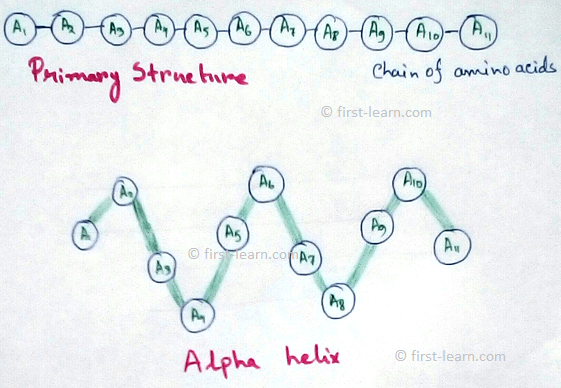
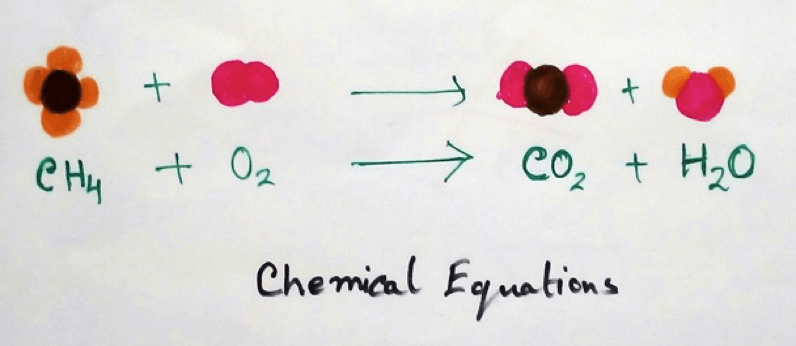
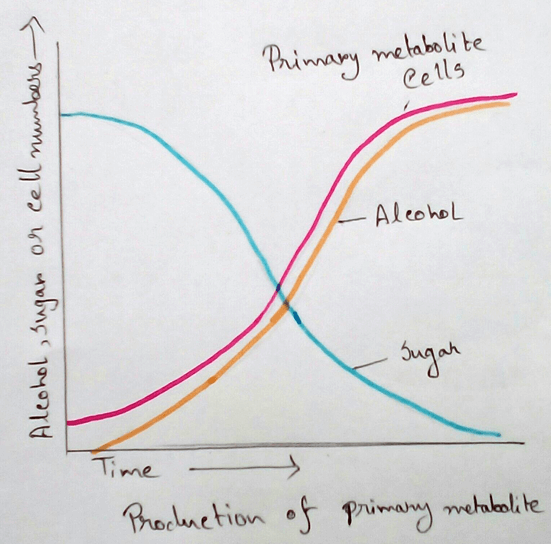
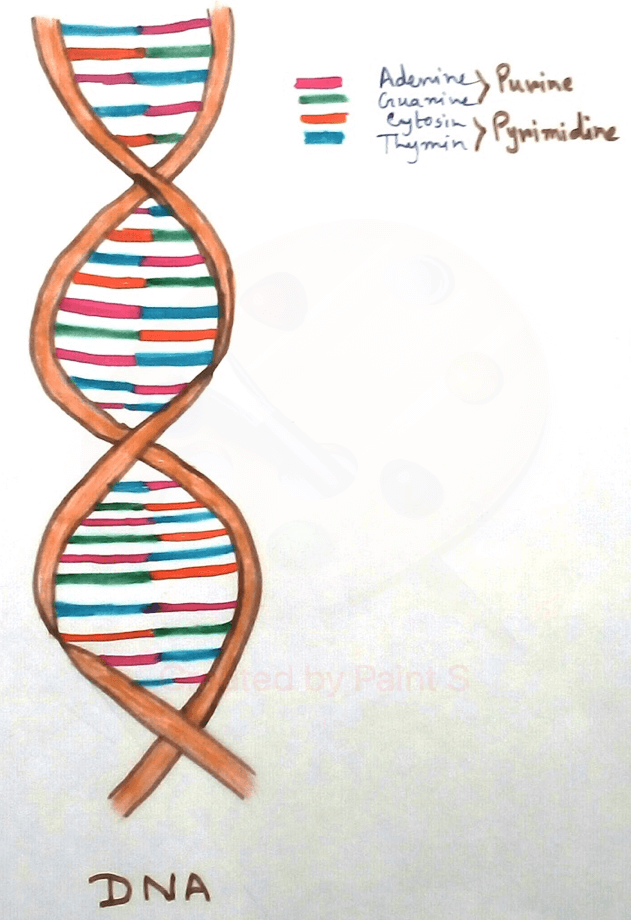
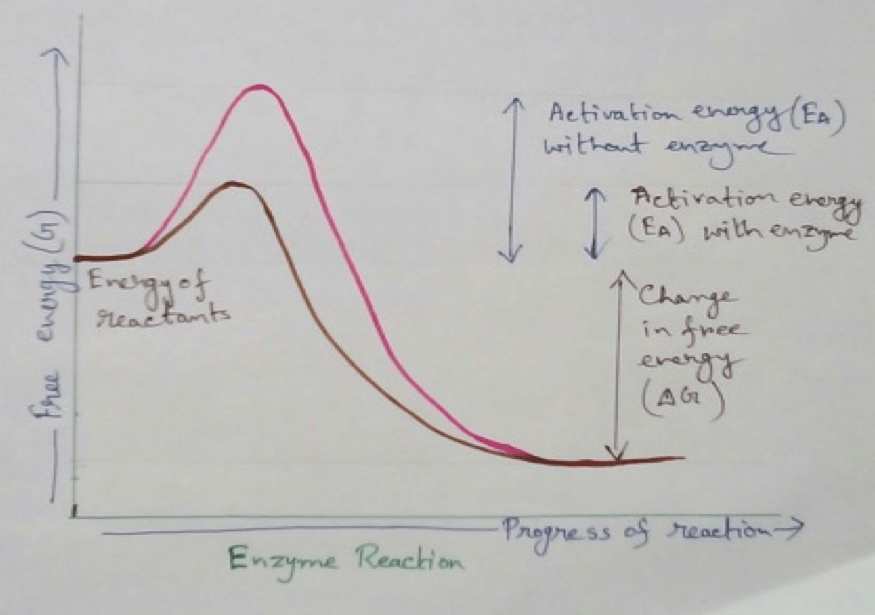
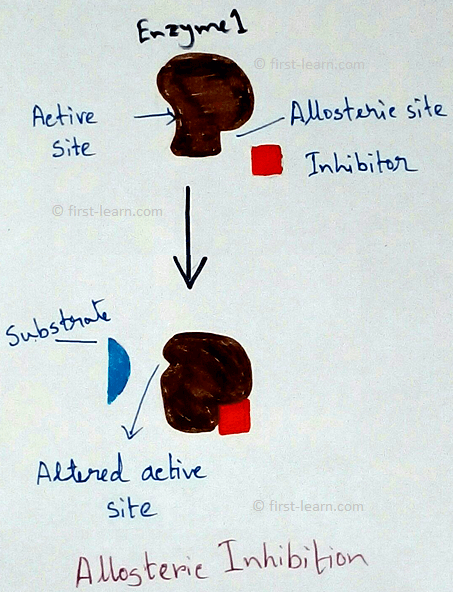

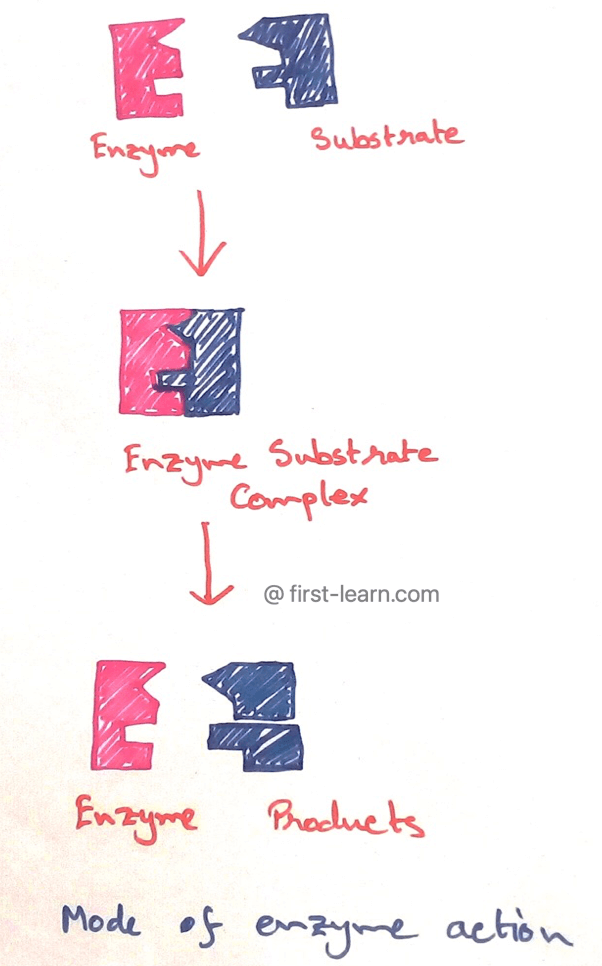
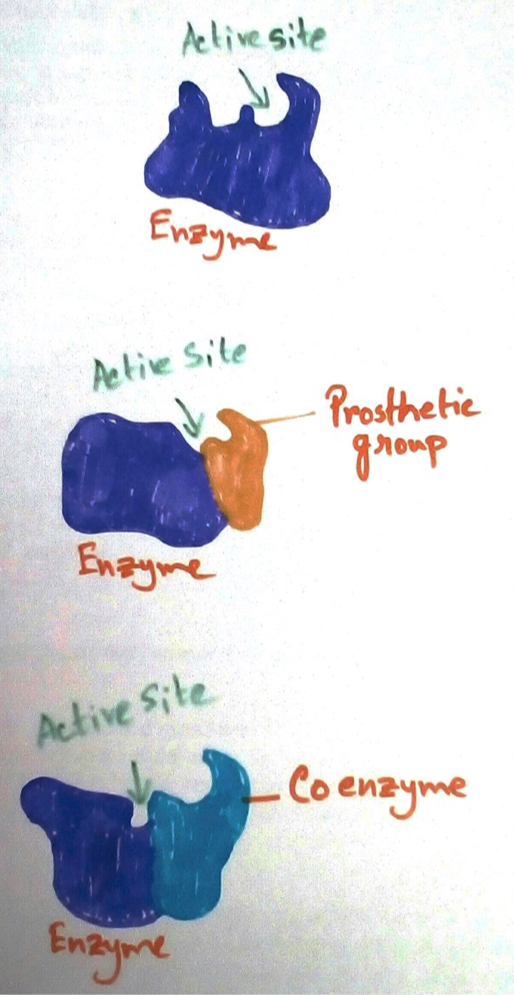
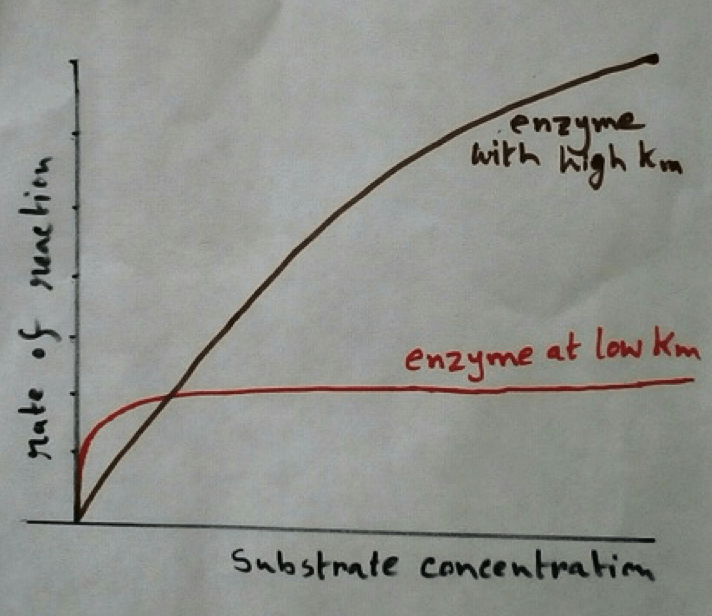
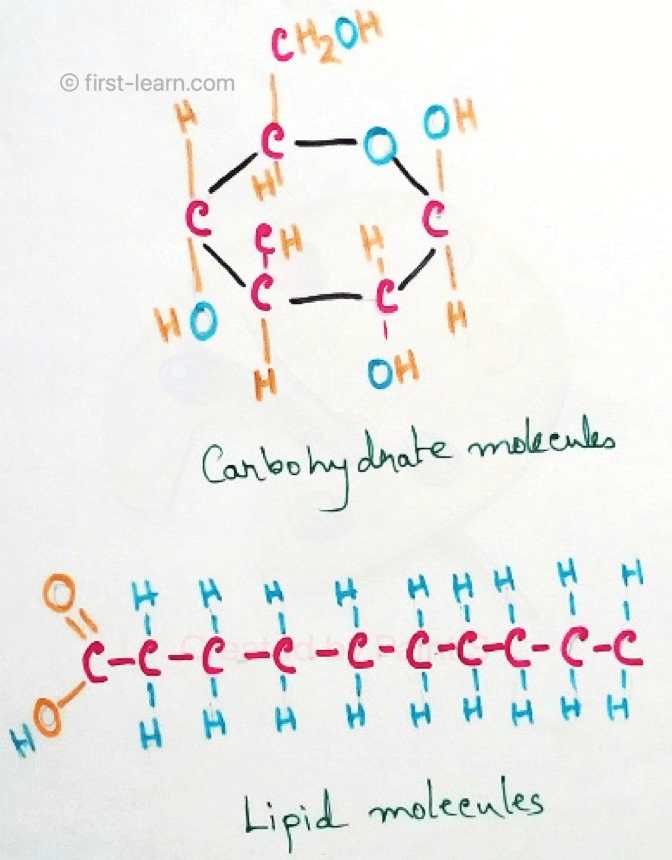
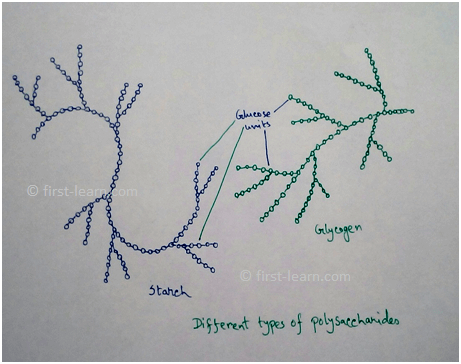
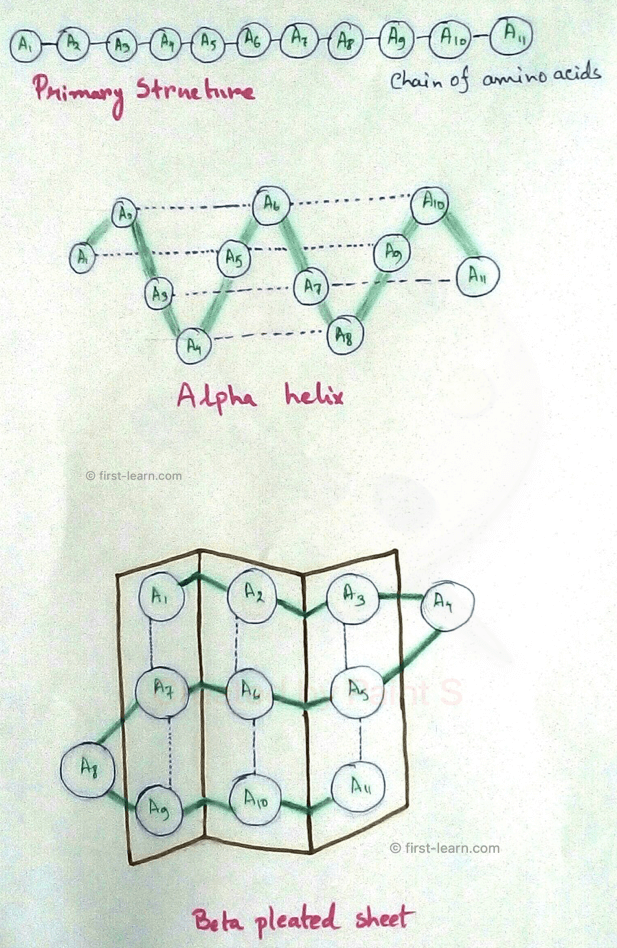
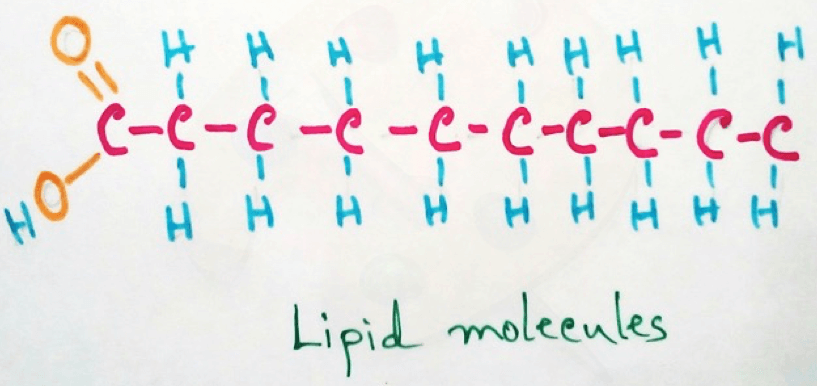
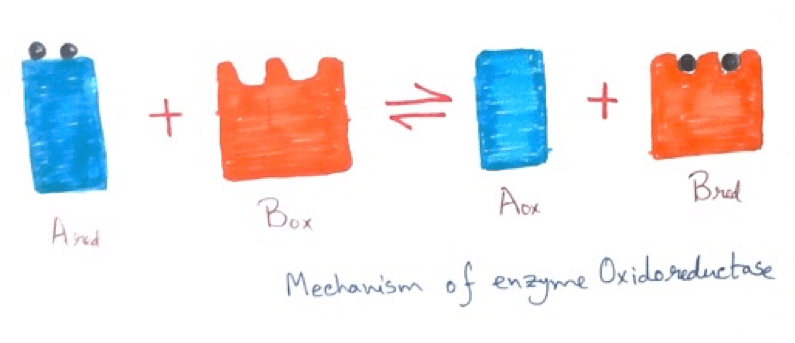





New! Comments
Have your say about what you just read! Leave me a comment in the box below.